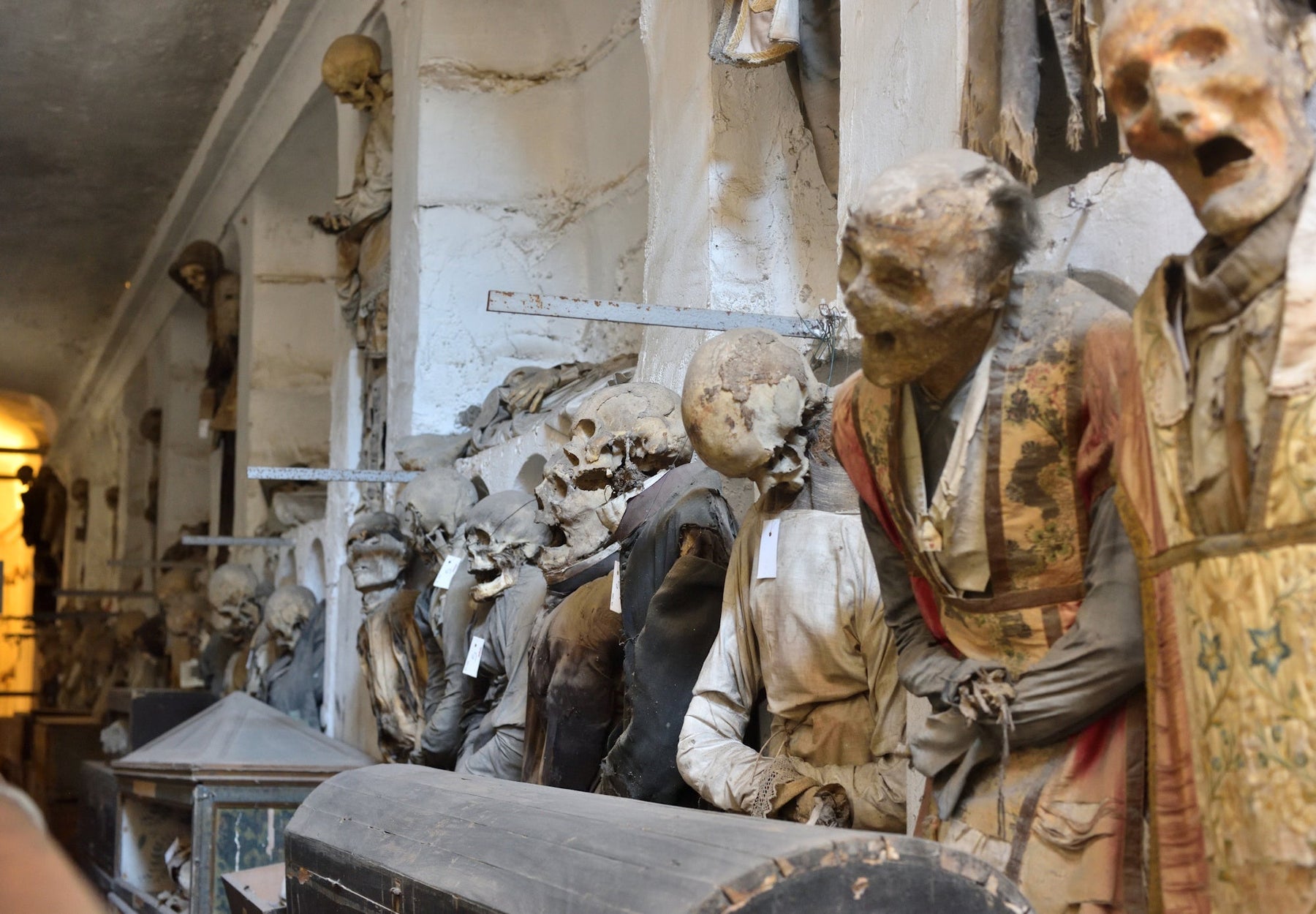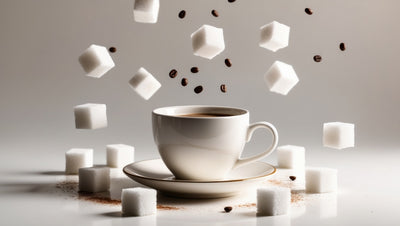
The History of Cappuccino Coffee: From 17th Century Origins to Global Popularity
Cappuccino is a hugely popular coffee drink that is enjoyed around the world. Notable for its rich espresso base, velvety milk foam, and balanced flavour. It is a drink steeped in history and culture while boasting monastic references.
How did a drink with 17th century roots become a 21st century coffeehouse staple?
What are the origins of the name cappuccino?
The term "cappuccino" is derived from the name of a Catholic monastic order founded in Italy during the 16th century. The Capuchin friars were notable for their simple lifestyles and distinctive brown robes featuring pointed hoods known in Italy as cappuccio. The coffee’s brown hue resembled the shade of the robes and so was dubbed cappuccino.
Early European Coffee Culture
Coffee made its way to Europe during the 17th century, quickly becoming a popular beverage across the continent. By the end of the century, coffee houses were thriving in major European cities including Vienna, Venice, and London. The Coffee houses became important social hubs for conversation, business, and cultural exchange.
In Europe, coffee drinks were originally based on the traditional Ottoman style of preparation. This involved bringing a mixture of water and coffee beans to the boil, and sometimes adding sugar. The method is similar to contemporary Turkish coffee preparation. But by the end of the 17th century, British and French coffee brewers were filtering coffee beans to produce their drinks, rather than boiling them.
An early form of cappuccino, known as kapuziner, became popular in Vienna during the 1700s. This drink consisted of coffee mixed with cream and sugar, sometimes with the addition of spices, giving it a lighter colour similar to that of the Capuchin friars’ robes. However, it wasn't quite the cappuccino we know today.
The birth of the modern cappuccino
The modern cappuccino began to appear in Italy in the early 20th century. Its creation was the result of the development of espresso machines. These machines allowed for the quick brewing of concentrated shots of coffee, known as espresso, which became the foundation for many Italian coffee drinks.
Initially, cappuccino was served in the traditional Viennese style, with coffee, milk, and whipped cream. However, by the 1930s, the introduction of steamed milk and milk foam to espresso created a new, distinct version of the drink. The blend of espresso coffee with steamed milk and thick layer of foam became the standard cappuccino.
The drink gained popularity in Italy during the post-World War II era as espresso bars became more widespread. Italians would often enjoy a cappuccino in the morning, paired with a pastry, as the milk content was considered too heavy for drinking later in the day. To this day, many Italians will only drink cappuccinos in the morning.
Cappuccino goes global
Cappuccino's journey from Italy to the rest of the world began in the mid-20th century. Italian coffee culture spread to many other countries, largely thanks to Italian immigrants.
In the 1980s and 1990s, cappuccino experienced a surge in popularity with the rise of specialty coffee shops. Cappuccino featured on many menus, bringing the drink to a global audience. The cappuccino's distinctive layering of espresso, steamed milk, and foam boasted a sense of sophistication that ensured it quickly became a popular choice.
The cappuccino certainly proved to be a big hit in North America, largely thanks to Starbucks. But in America, the cappuccino evolved to feature a different ratio of milk to coffee than that crafted in Italian coffee shops. As with most things in the USA, it was a case of going large. The characteristic tall cup or large mug of cappuccino also became the norm in the UK courtesy of Starbucks and the other large coffee chains that appeared on high streets. Most Western European cafes and coffee shops have remained true to the original Italian style of cappuccino.
Variations and Modern Interpretations
As cappuccino spread around the world, further interpretations and adaptations emerged. While the classic Italian cappuccino remains a staple, diverse versions of the drink are now available:
- Wet Cappuccino: A version with more steamed milk and less foam, resulting in a creamier texture.
- Dry Cappuccino: Features less steamed milk and more foam, offering a stronger coffee flavour.
- Iced Cappuccino: A cold variation where the espresso is poured over ice and topped with cold milk and foam.
- Vegan Cappuccino: The popularity of plant-based milks has led to the creation of vegan cappuccinos made with almond, soy, oat, or coconut milk.
The Capuchin Crypt
As you can see, the relationship between cappuccino coffee and the Capuchin monastic order is a somewhat tenuous one. However, it is interesting that an indulgent drink has been named for an order of frugal friars. Indeed, the Capuchin order is truly fascinating. If you ever find yourself in Rome, it is worth visiting the church of Santa Maria della Concezione dei Cappuccini. In the incredible crypt you can view the bones and mummified remains of an estimated 4,000 Capuchin friars who died between 1528 and 1870.
More than just a coffee
From its humble beginnings in European coffee houses to its status as a global coffee icon, cappuccino boasts a rich history that reflects the evolution of coffee culture itself. Whether enjoyed in a small Italian café or a bustling urban coffee shop, the cappuccino remains a beloved beverage, cherished for its perfect balance of espresso, milk, and foam. Coffee culture continues to evolve, but the cappuccino's legacy is sure to endure. It is a drink that will be adapted to new tastes and trends but one that should retain its special essence.



Leave a comment